
Place-driven Practice
Running for just two weeks across various locations in greater Walyalup, the Fremantle Biennale: Sanctuary, seeks to invite artists and audiences to engage with the built, natural and historic environment of the region.

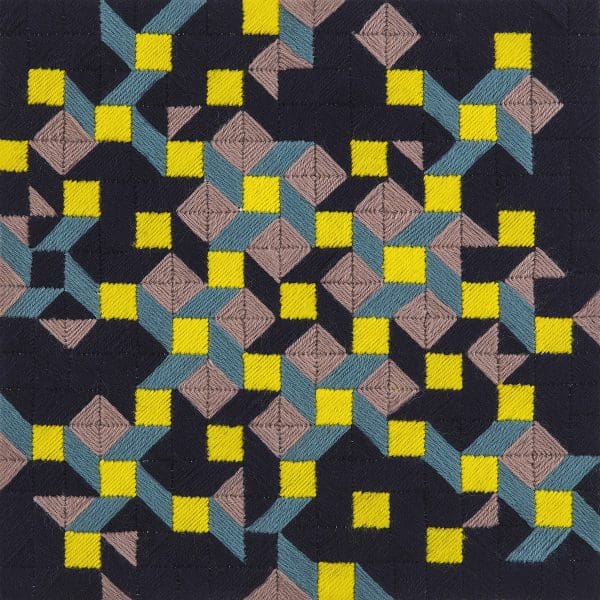

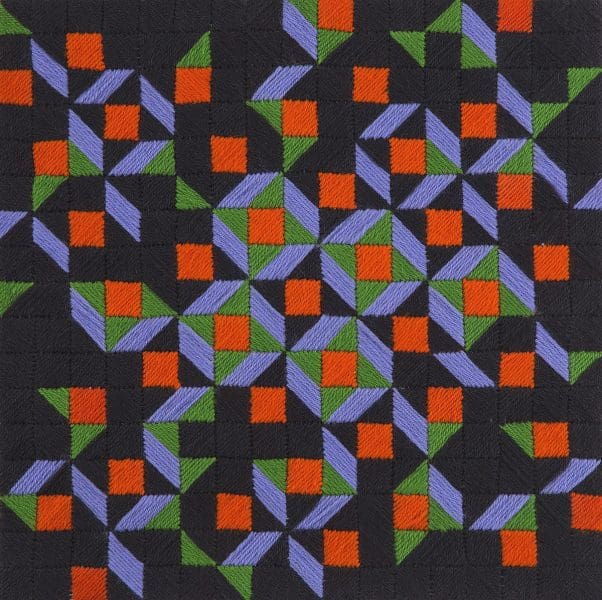
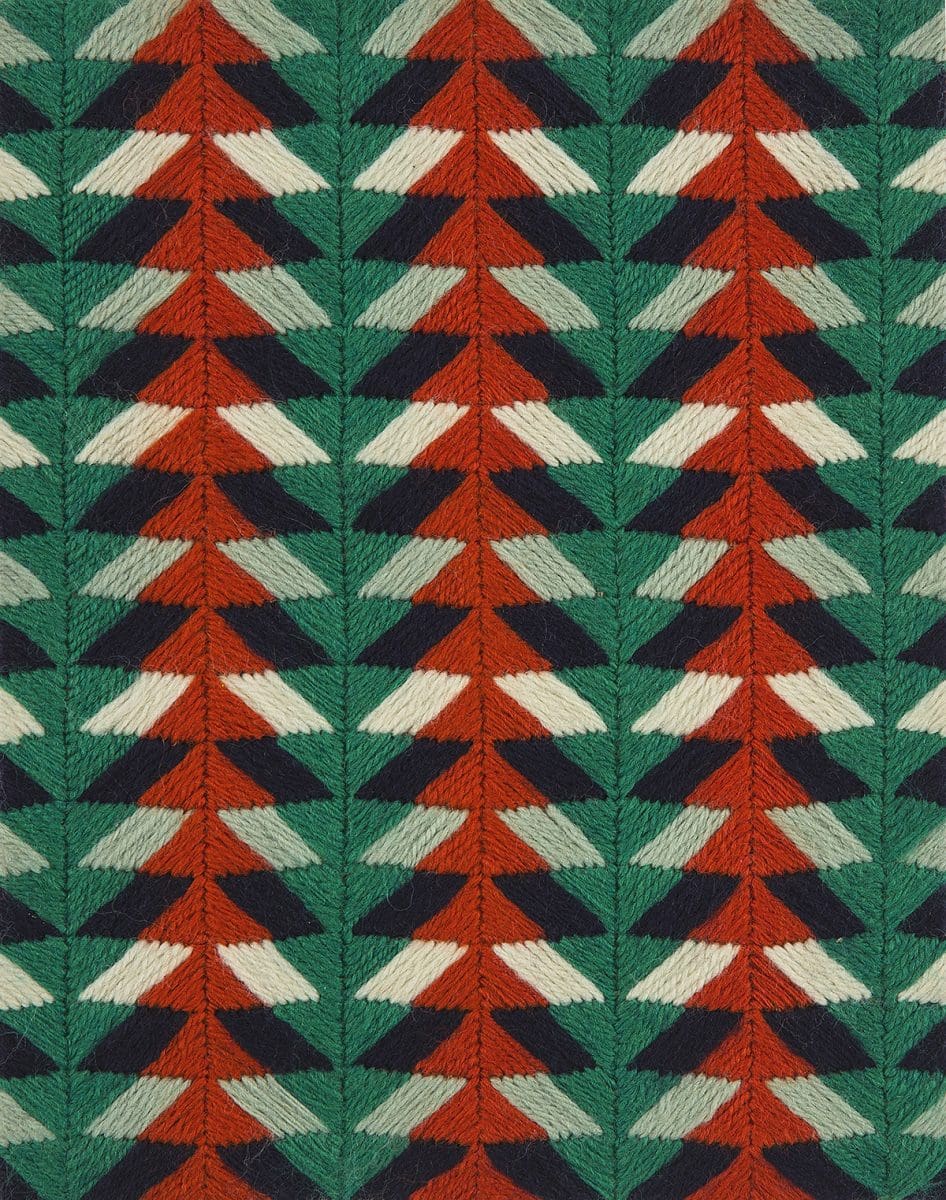
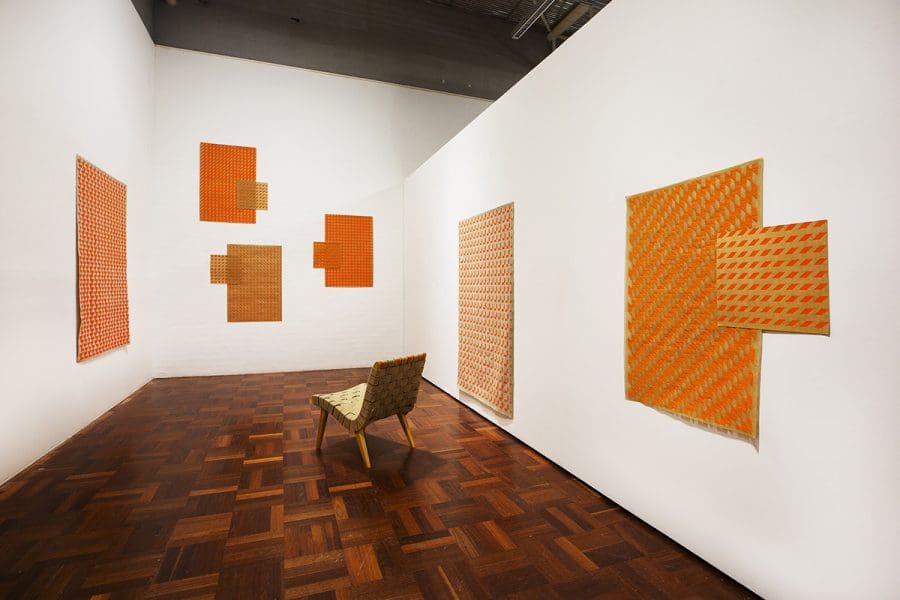
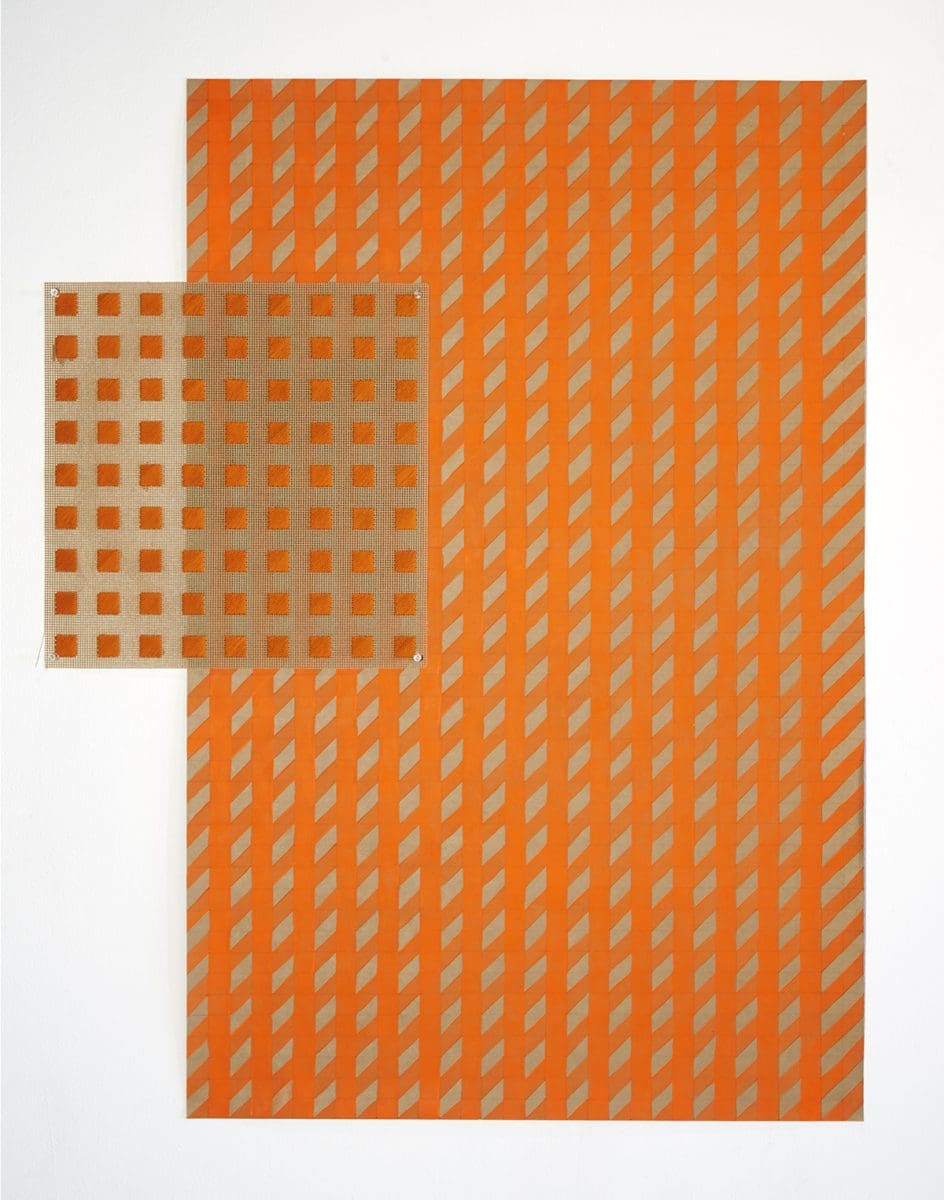
For the seventh article in our series which features writers chatting to artists that they share an interest with, Art Guide’s Tracey Clement spoke to painter Susan Buret about the creative potential of ‘women’s work.’
What a person finds funny can tell you a lot about them. I don’t really like jokes, especially those that trade in stereotypes. But I like this one. (You can insert the career or character trait of your choice, I’ve made it autobiographical by choosing ‘artist.’) The first person says, “My mother made me an artist.” To which the second person replies, “If I gave her the wool could she make me one too?” Ha, ha.
I like this joke because (even in its more derogatory iterations) it acknowledges the formative influence of women and the generative power of traditional, textile-based, ‘women’s work’ skills. It was through teaching me sewing and embroidery at a very young age (skills that require dexterity and problem solving and which hone aesthetic choices) that my mother did make me an artist. Not a nifty knitted one, but the living, breathing practitioner that I am.
These days more and more male artists are also turning to textile techniques, ‘women’s work’ such as embroidery, knitting, crocheting, lacework and sewing. But despite this fact, these skills retain a gendered reading which gives them much of their conceptual power. I’ve written on this phenomenon, and utilised the language of women’s work in my own practice on several occasions. And I’m always on the lookout for artists who are using stereotyped textile techniques in interesting ways.
So I was thrilled when I saw Susan Buret’s geometric compositions in needlepoint. In these works Buret takes on the uber masculine genre of hard-edged abstraction and drags it kicking and screaming into the realm of the domestic. Her use of a ‘women’s work’ technique renders geometric abstraction literally soft and conceptually feminine. I found these works, such as her Home Fires series from 2015, funny: both clever and subversive. My kind of joke. Not, I should be clear, that I think that Buret’s work is a joke or even intentionally funny.
As I said before, what I find humorous says more about me than her. And as with most jokes, my interpretation of her work exposes my own prejudices. When I think of painters of geometric abstraction, especially early ones, I think of Kazimir Malevich and his infamous Black Square of 1915, or Piet Mondrian’s rectilinear compositions in primary colours from the 1920s. But Buret is quick to point out that women such as Sophie Taeuber-Arp and Anni Albers were pioneers in geometric abstraction too, and her textile works can be seen as part of this legacy.
“Sophie Taeuber-Arp’s initial studies were in textiles, because it was at a time when women weren’t admitted into institutions to study painting,” Buret explains. “She was quite amazing. As early as 1916 she was producing abstract works using geometric abstraction. And this came out of her textile works.” Taeuber-Arp’s efforts were contemporaneous with those of the more famous aforementioned male painters. She was breaking new ground. Women’s work indeed.
As an artist, Buret has been using textile techniques in her work since 2014. “There is an inevitable reference to gender,” she admits. But according to Buret, her needlepoint compositions are just an extension of her painting practice. As she says, “They are very much dealing with the same ideas that I work with: the juxtaposition of colour, permutations and combinations of geometry.”
In fact, the link is even stronger conceptually. Buret’s ongoing interest in pattern is driven, at least in part, by her love of textiles (such as figured brocades, tapestries and Persian rugs) and her interest in the ability of these items to actively inhabit space. “I was thinking about refugees and people that are displaced for one reason or another. That led me to think more and more about space, particularly domestic space, about how you establish agency in those spaces,” she explains. “And most people put down rugs, curtains, pillows.” For Buret, both pattern and textiles are an active form of occupation. Far from being decorative frippery, soft furnishings stake a territorial claim. They may be feminine, but they are certainly not passive.

This notion of domesticity as a way of colonising space feeds into Buret’s art practice. “I’m interested in the link between installation and homemaking and decorating,” she says. “When I go to hang a show, I occupy.” In her 2016 solo show, Ode to Frosta, Buret explored how others domesticate their spaces. “A nomad sets up a tent and puts rugs on the floor. This delineates space and then it becomes a domestic space,” she explains. “But most people who travel a lot would never think of taking a rug. When they establish somewhere to work they will just go to IKEA in whatever city they are in and fit the space out with this very functional furniture. But they could be anywhere.”
For Ode to Frosta, Buret customized IKEA stools of that name by painting their tops with her signature-style geometric patterns. Elsewhere she has presented small textiles which resemble rugs. They are compact enough to be travel-size, enabling anyone on the move to tame and claim a new space.
After all, despite being declared dead more than once, painting is arguably still perched at the top of the unspoken artworld hierarchy. In any case, it certainly sits far above textiles. In addition, if a young man picks up a needle and thread he is likely to be hailed as radical and interesting. If a woman of a certain age does the same thing she runs the risk of being called a nana. Or worse, and perhaps even more likely, she will just be ignored. There are both gendered and ageist double standards at play when it come to doing ‘women’s work.’
Buret concedes the point, but for her sewing is “just another way of making a mark.” And, of course she hasn’t given up painting. Buret is working, as they say, in ‘the expanded field.’ But more importantly, she isn’t concerned with artworld hierarchies, implied or otherwise. As Buret puts it, “I don’t give a stuff.” Whether she is composing geometric patterns in hooked rugs, needlepoints, or on large-scale painted canvases, Susan Buret is following her own lead. “I’ve come to terms with where I sit or stand as an artist. I’ve reached an age when I’m just going to do what I bloody well want to. And I am going to enjoy it. I don’t care that it’s not classifiable,” she says. “I’m using my language to say what I want to say. And I find that really empowering. I actually have a language.”
And Susan Buret’s language is multivalent. Towards the end of our conversation she tells me that she is currently undertaking a fellowship within the School of Applied Mathematics at ANU where she is working collaboratively with a mathematician who is interested in pattern too. Buret is also working towards a new solo show, Mostly Martha. The title is a nod to the tarnished American domestic goddess Martha Stewart and the exhibition will naturally feature Buret’s textile pieces, labour intensive labours of love. I wind things up so she can get back to work. After all a woman’s work is never done.
Mainly Martha
Susan Buret
AirSpace Projects
3 November – 25 November